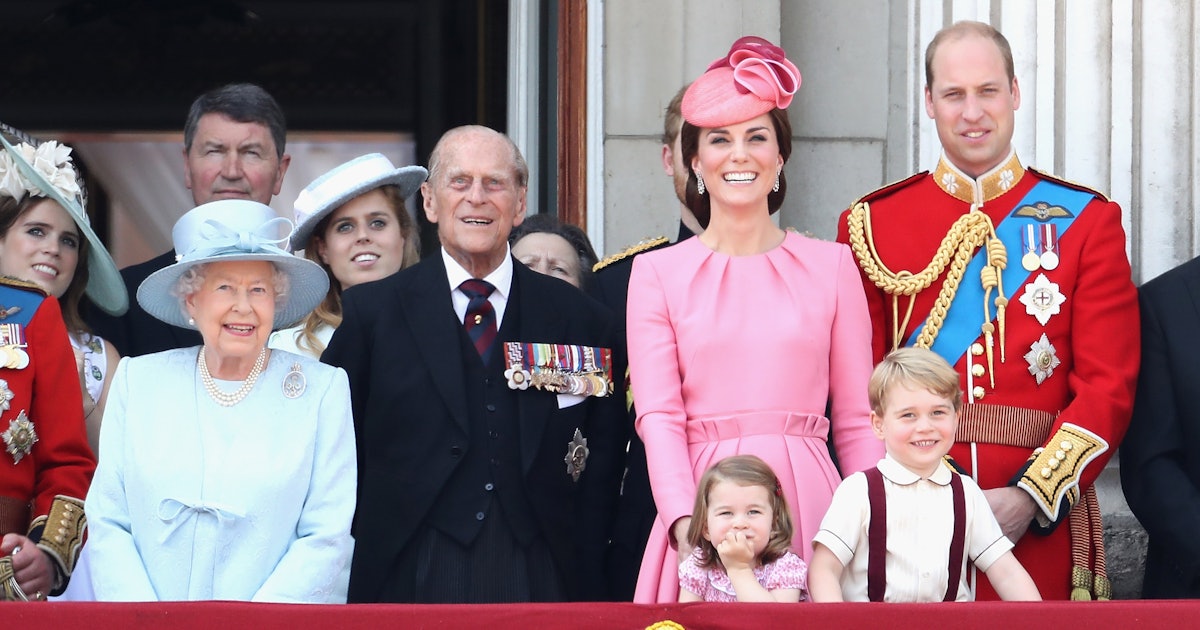The Lives of Royal Families Around the World
A Connection Between an Artist and an Unexpected Queen
Margarethe II, Queen of Denmark, had an interest in fantasy works that led her to illustrate J.R.R. Tolkien’s classic novels under a pseudonym. While royalty lead public lives according to tradition and protocol, in private they pursue diverse personal interests and find unexpected ways to engage their creativity. Ingahild Grathmer’s letters to Tolkien captured his attention with her artwork and passion for his writings. Tolkien fantasy novels illustrations arts showed that beyond the duties of ruling a nation, Queen Margarethe shared artistic talents and an appreciation for creative works just as any private individual might. Her royal position did not preclude personal interests and pursuits that connected her with others outside of her official circles. For Tolkien, artistic expression and the human connections it facilitated were more important than social status or position. Their exchange demonstrated that beneath traditional roles and expectations, all people fundamentally seek expression, meaning, and community through shared interests and creativity. Royals, though subject to unique responsibilities and scrutiny, remain fundamentally human with interior lives and pursuits beyond public duties. Unexpected connections can form when one pursues their passions without regard for superficial differences.

Diverse Realities Across Modern Royal Families
Contemporary royal families experience vastly different realities depending on their nation and circumstances. King Kigeli V of Rwanda lost his throne and lived humbly in exile, while Constantine of Greece royal families living conditions wealth status resided comfortably in London after being deposed from power. Current ruling monarchs like those of the Gulf States enjoy lavish lifestyles, but royal relatives experience different degrees of privilege according to their own means and situations. The Raja of Kupang leads a modest life while representing his people and historical traditions. Displaced and former royals have had to adapt to new contexts without the benefits of institutional position or wealth. Modern royalty thus defy simple definitions, as their circumstances range from profound material privilege to situations scarcely distinct from ordinary citizens. Historic ancestry and lineage no longer necessarily equate to political authority or affluence in every case.
A Middle Eastern Royal Finds Common Ground in America
Growing up as a relation to current reigning monarchs, I witnessed both the privileges and responsibilities of royal heritage. However, living as an average citizen in the United States, I did not perceive myself as intrinsically superior or entitled. Middle eastern royal family America common citizen When visiting the nation of a royal cousin, extraordinary protocols were required for security and lodging befitting my status. Yet back home, photos of ancestors were the sole outward signs of lineage.
Royals are ultimately people connected by blood to prominent historical figures, not fundamentally different categories of humans. Many exiled or displaced royal kin simply wish to live peaceably while honoring tradition. Visits from other royal relatives reminded that while some retain influence through family ties to thrones, most seek connection and community like any others beyond narrow social demarcations. Beneath forms and functions of kingship, shared human experiences of family, curiosity, and the pursuit of purpose unite us.
Hobbits and Humanizing Public Figures
Ingahild Grathmer’s correspondence with Tolkien demonstrates how creative works can foster surprising rapport across perceived differences. Her clever adoption of a pen name to illustrate his novels as Queen Margarethe also hints at multilayered interior lives beneath public roles and conventions. Such humanizing insights remind us that prominent figures, whatever their position, ultimately share our capacity for passion, play, and pursuit of meaning through arts, ideas, and personal bonds. Tolkien hobbit humanizing public figures Tolkien himself drew from Norse myth and agricultural folklore in crafting his hobbit characters, imbuing them with familiar domestic virtues that rendered fantastical tales deeply relatable. Through such figures, we glimpse our shared hopes, fears and small acts of courage - enlarging what it means to be human beyond status or station. When we recognize our common ground and interior depths, superficial divisions fade and unexpected companionships emerge. Appreciating this enables us to see beyond surface roles to the whole, feeling people within.
Finding Fulfillment Through Diverse Pursuits
Royals demonstrate that fulfillment and expression come through an array of interests, not any single predestined path. Queen Margarethe drew joy and used skills in private pursuits differing from her public duties. Displaced royals build lives through diverse means like business, advocacy and community service fitting their skills and locations. Even current monarchs balance obligations with personal interests in areas like arts, philanthropy and faith followed discreetly from public view. Fulfillment diverse interests pursuits royals Though traditions shape royal roles, inner lives take unique forms. The Raja of Kupang leads projects honoring history while engaging modern challenges. A Middle Eastern royal connects with heritage but feels primarily an ordinary resident where living. Lives evolve according to circumstance, abilities and individual spirit - lessons for all regarding societal expectations. Finding purpose lies not in predefined templates but in cultivating our inherent gifts and forming bonds across perceived divisions. Authentic selves and connections emerge through plurality not uniformity.
Common Ground Beneath Surface Differences
Ultimately, beneath roles and images, people universally seek expression, purpose and belonging. While status, background or position may appear definitive, our shared hopes transcend all superficial boundaries. Royals demonstrate this through their surprisingly varied realities and multidimensional private lives that surface like ripples when we look closely enough.
Tolkien and Queen Margarethe bridged divides through mutual curiosity and compassion for creative works. Fellow feeling emerged where preconceptions did not. As with D.H. Lawrence’s view that “we are all tiny creatures in a vast universe,” recognizing our profound commonality enables new perspectives and relationships regardless of background. When we appreciate life’s infinite diversity within our shared humanity, once-separate categories melt away and our global family comes into view.
